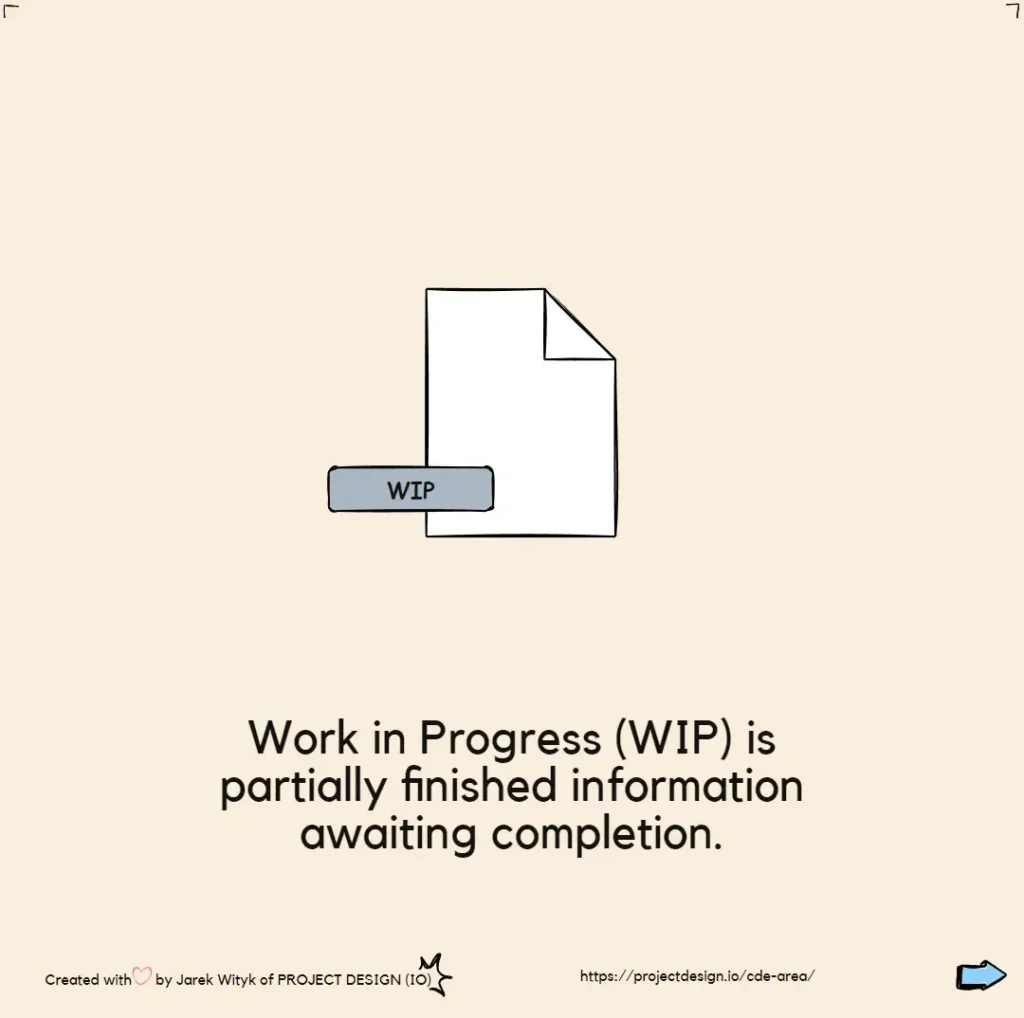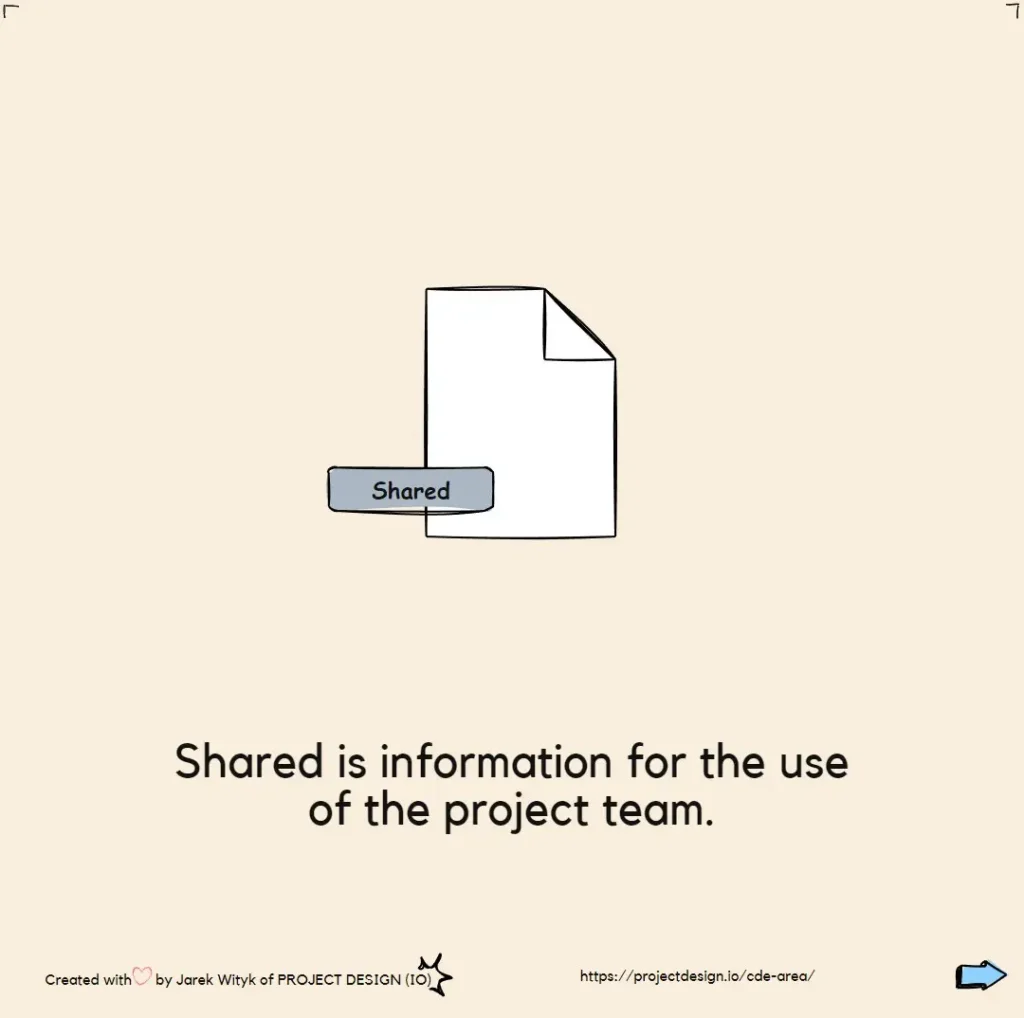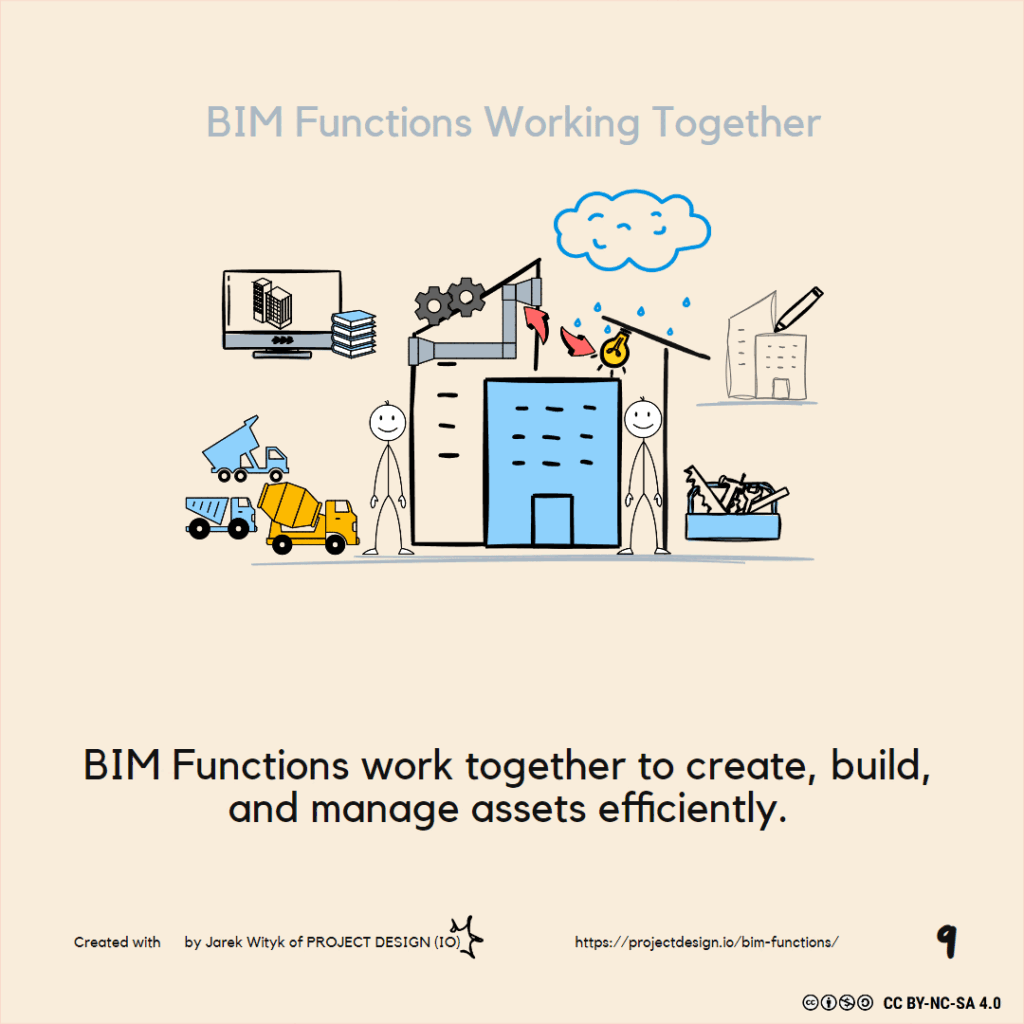Revit Guides
Data Management
ELI5
Product Data Definition
A Product Data Definition (PDD) document intended to provide a consistent methodology for the definition, creation, management and sharing of product information throughout the life cycle of an asset, based
PAS 1192-7
The latest message related to PAS 1192-7 is a tweet from Paul Surin is that PAS1192-7 confirming that CPNI and BSI have agreed to cease the development of PAS 1192-7.
Project Information Standards
Project Information standards shall be covered within the BIM Execution Plan (BEP). Standards In line with BIM Goals and Uses to ensure continuity that information containers are structured, coordinated, managed
Supporting Information
Supporting information shall be used where applicable and relevant to fully understand and evaluate information requirements or acceptance criteria. Supporting information includes but is not limited to: Existing site surveys
Strategic Objectives of BEP
Objectives of BEP shall be allignwed with Exchange Information Requirements (EIR), an example of Strategic Objectives for a project have been listed below: Meet Level 2 BIM compliance, in accordance
BIM Strategic Lead
Responsible for project strategic direction from the tender stage, guides project set up and advises on the project when needed. Typical Lead Appointed Party BIM staff duties include: Development of
Project BIM Manager
Responsible for ensuring that the BIM workflow has been established for the project and is adhered to by the team during the implementation stages of the project. [Appointment: Lead Appointed
Project BIM Coordinator
Responsible, during the design stages, for executing, managing and running clash detection of the federated Project Information Model (PIM), and federating and QA reviewing the Asset Information Model (AIM) for
Specialist BIM Manager / Coordinator
The Specialist BIM Coordinator duties will reflect those for the Project BIM Coordinator but will be specific for discipline or trade-specific models and data deliverables. Responsible for checking, reviewing and
Project Information Manager
Responsible for extraction, review, coordination and reporting of data within the native and federated models as well as associated project databases throughout the project stages to ensure client and BEP
Information Controller
Responsible for setup and management of the Common Data Environment (CDE), document submission, RFI and other project document transactions. [Appointment: Lead Appointed Party Information Controller, site-based/office based.] [source] PDE 4301
Team’s Capability and Capacity
The competence and understanding of BIM, of the consultants and delivery team partners to be involved in the project, shall be assessed and results included in Post-Contract BEP. The assessment

Work in Progress (WIP)
A supply-chain management term describing partially finished information awaiting completion. In other words, the Information model is not to be used by any other project party. Before progression onto the next

SHARED
All project Model Authors’ information for the use of the entire project team. The Federated Model Manager will combine all information for checking against the AIR. All team members should

PUBLISHED
Information accepted by the nominated party, in which case it will be suitable for tender or construction (2D model output only). Such that the ‘Published’ area should be maintained in

Archive
History of project information, such that any non-current published information in the published area should move into this area. New parties to the project will receive an invitation to join
Model Upload Workflow
3D models shall be synchronized with the central cloud model after daily work is done to ensure the rest of the project team are coordinating with the latest information. All
Clash Detection
Clash detection, coordination analysis and data checks shall be carried out by the BIM Coordinators against the latest shared models. The workflows involve a combination of visual and automated checks
4D Modeling
4D Modelling also referred to as 4D BIM, when supported by existing planning techniques, can improve project delivery times and schedules. To make the gains possible, all project members must
Builders work in connection (BWIC)
Coordination of Builders work in connection to services i.e. openings in walls or floors for MEP Services It is anticipated that as a minimum, all builders work openings of 50x50mm
Workset
A workset is a collection of elements in a work shared Revit project. The purpose of worksets is to enable multiple users to work on the same project and facilitate
Periodic Model Quality Control Checks
Apart from the weekly model coordination effort that focuses on spatial coordination and clash resolution, the Appointment BIM Manager should review all disciplines project models and ensure compliance with BEP
Information Protocol
The First Edition of the Building Information Model (BIM) Protocol published in 2013 identifies and puts into place specific obligations, liabilities and associated limitations on the use of the Building
Stage 2 Maturity
BIM at Maturity Stage 2 according to the ISO 19650 Framework is “the use of a shared digital representation of a built asset to facilitate design, construction and operation workflows
Pre-appointment BEP
Pre-appointment BEPs communicates the delivery team’s intended approach to the information management process in the project, it is submitted as part of the prospective Lead Appointed Party tender response. For

BIM Functions
ELI5-S1 BIM Basics E17_BIM Functions Understanding BIM Functions: A Simple Guide for Beginners Building Information Modeling (BIM) is transforming the construction industry by enabling better collaboration, design precision, and efficient
Scope
Bid response should include a scope management plan containing all the tasks necessary for successful project delivery. The plan shall define the implementation and verification of workflows. A project should
Budget
The tender response for designing, constructing and operating the existing building and the additional extension shall include the project budget’s bid documentation. The budget must incorporate the total amount of
Resources
In the context of project management, the resources refer to optimizing the use of resources for successful project execution and the management of resources in the project. [1] Therefore, the
Risk management
Risk management provides an overview of using risk analysis as an organized method for identifying and measuring risks. How to effectively assemble and manage a project team and effectively assemble

